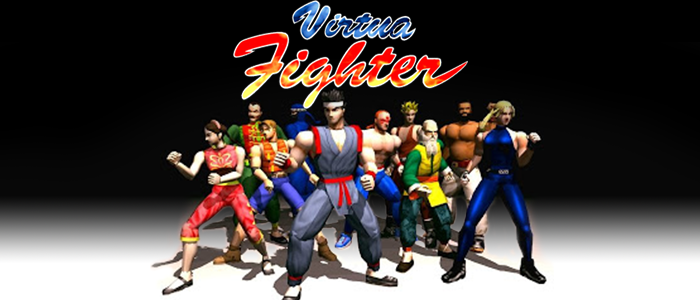Welcome to the eighth volume of 10-Hit Combo; the series for ActionAGoGo which takes a look at ten facts about some of the most iconic fighting video game series’ of all time. Virtua Fighter is another fighting game series from the 90s, despite not maintaining the same level of commercial recognition the likes of Tekken, Street Fighter and Mortal Kombat have over the years, is still considered extremely influential among the industry as the first true 3D fighting game series, and has remained at the very least relevant at the turn of the century. Spawning five main entries and numerous spin-offs, the series has remained beloved by many fighting game fans, old and new, and managed to set standards that are still adhered to throughout the genre to this day. So without further ado, let’s look at ten facts about Virtua Fighter.
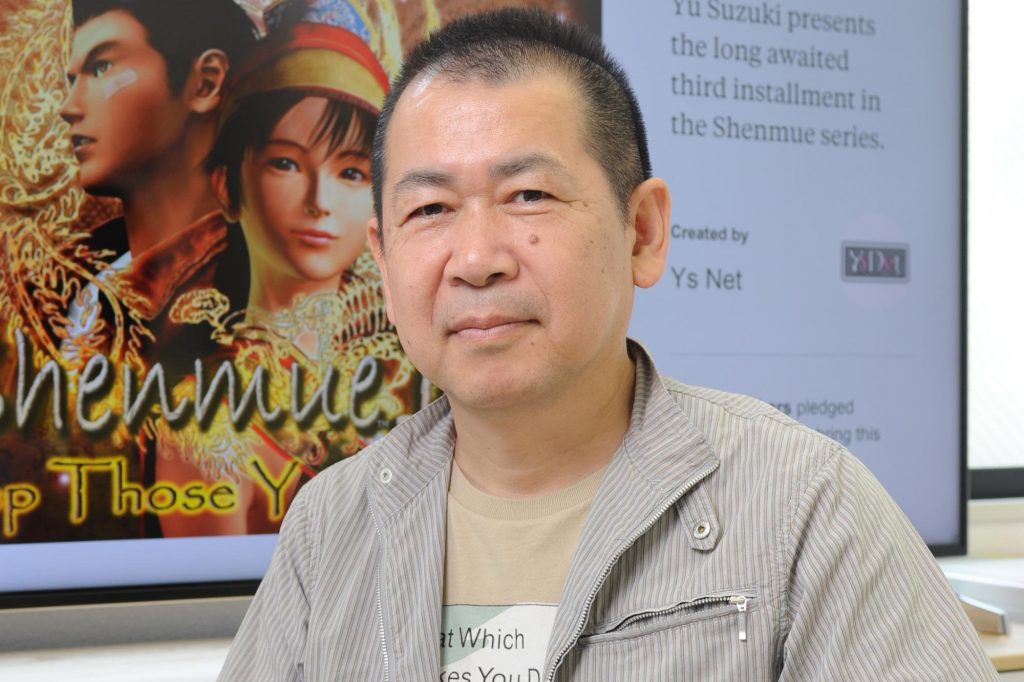
Vitua Fighter was created by two designers at Sega-AM2; veteran Sega employee Yu Suzuki, the future creator of Sega’s Shenmue series, and freelance developer Seiichi Ishii. The idea for the game was born out of Suzuki’s desire to take 3D games into new genres following the success of his earlier game Virtua Racer, originally wanting to develop a 3D sports game, but was constrained by technological limitations of the time. Suzuki once recounted that they chose to develop a fighting game partly because the team thought it would be easier to develop a game whereby there would be only two 3D characters on-screen at any one given moment.
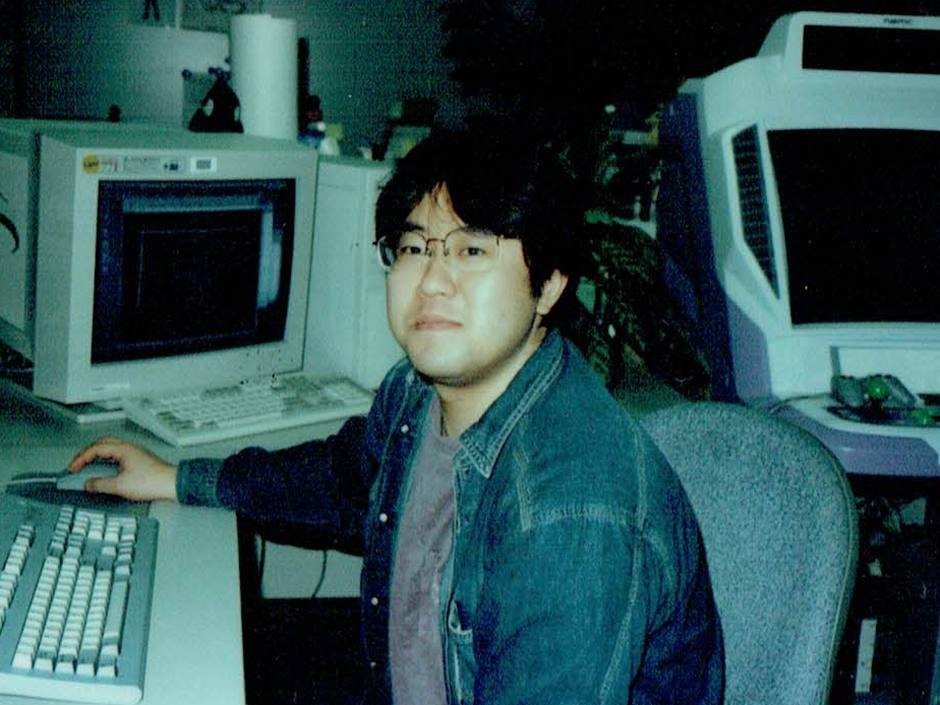
Though Yu Suzuki would stay on at Sega to develop the Virtua Fighter series, as well as several other games including his 3D sports game Virtua Striker, Seiichi Ishii left Sega shortly after the release of the original Virtua Fighter, and went on to join Namco, where he would work alongside Katsuhiro Harada to create the hugely successfully Tekken series, which became a huge competitor to every other fighting game series; particularly throughout the late 90s. Since then both Sega and Namco have expressed interests in creating a crossover game between the two franchises, similar to Street Fighter X Tekken, but as of 2019, there remains a huge question mark hanging over the game’s development.

For Virtua Fighter 2, more advanced techniques were used to render the game’s 3D models and scenery, including motion capture and texture mapping; techniques which would later become staples within the industry. The texture mapping techniques used for Virtua Fighter 2, as well as other Sega games such as Virtua Cop and Daytona USA were actually based on US military technology. Yu Suzuki approached 3 major companies at the time that provided this, and whilst they initially agreed to provide what was asked of them, Sega found that the technology they originally wanted to work with dwarfed their budget. So therefore, they were offered a less expensive mass-produced version of the texture mapping chips, with Sega having to make up the difference between their initial budget for the technology, and the value of the less expensive chip. Luckily, they were able to do this, as Virtua Fighter 2 turned out to be a huge success, and at the time, being Suzuki’s favourite game to have developed.
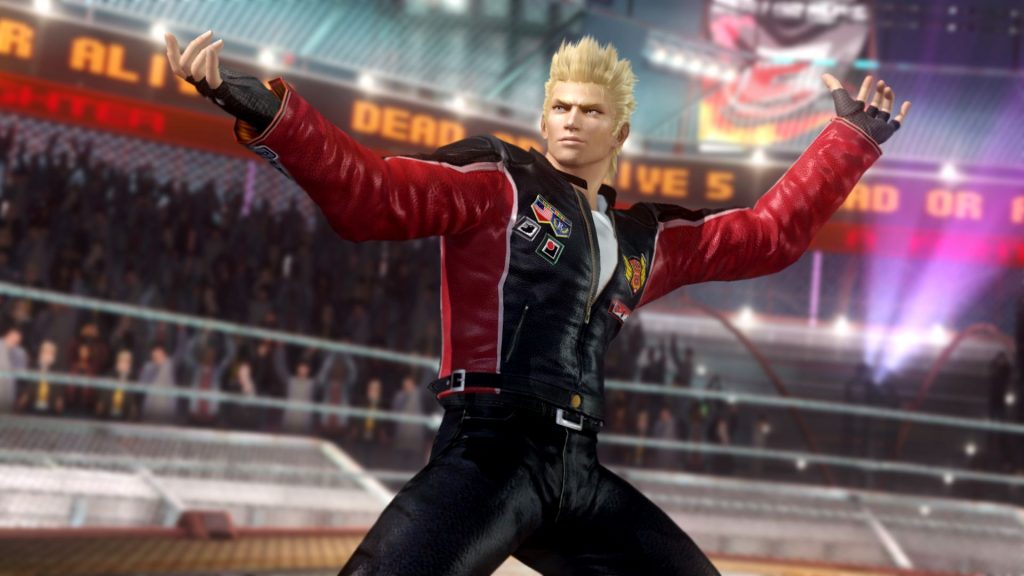
Throughout the 10 Hit Combo series, there have been examples of how characters within their respective game series’ have been influenced by legendary martial arts actor Bruce Lee, and Virtua Fighter is no exception. The character in question in this franchise is Jacky Bryant, who whilst does not physically resemble Bruce Lee, makes use of his signature martial art style Jeet Kune Do. The character’s sister, Sarah Bryant, also incorporates this fighting style into her own arsenal, but Jacky uses it a lot more prominently throughout the series. Once more, although not bearing great resemblance to Bruce Lee for the most part, he does have an alternative character attire in Virtua Fighter 5, which does bear a striking resemblance to Lee’s character in the film Enter The Dragon.
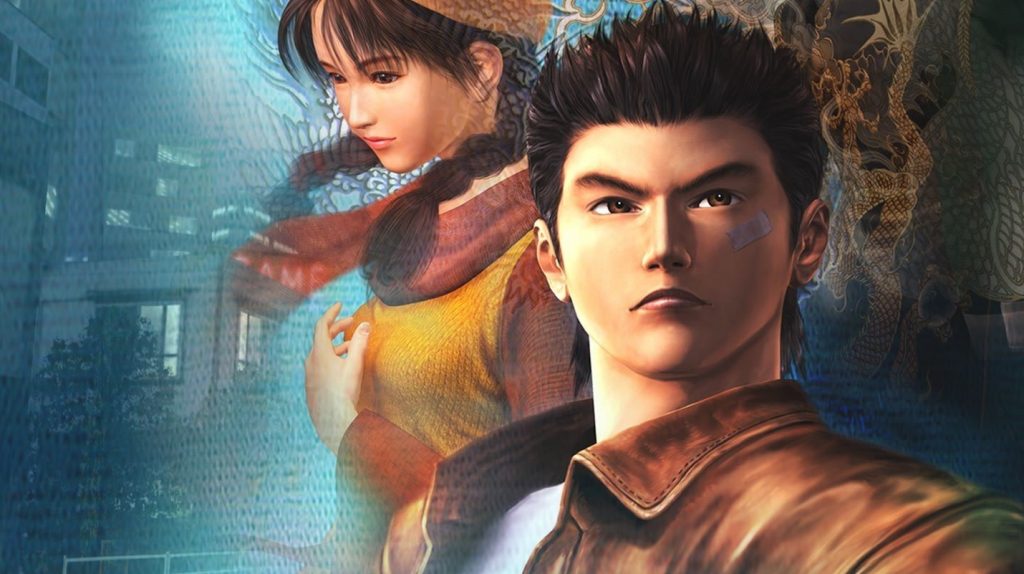
Despite having been an innovator many years before the release of the Sega Dreamcast, Yu Suzuki’s most beloved work came in the form of the classic action adventure series Shenmue; the first instalment of which was released for the aforementioned system back in late 1999 to overwhelming critical and commercial acclaim. However, the game was originally planned to be a Virtua Fighter RPG. The game started development back in 1996, and it was originally planned for Akira of the Virtua Fighter series to act as the main character. Suzuki even brought in film directors to help on the project, and several of the game’s original plot threads did find their way into Shenmue, but it was ultimately decided for the game to be its own cohesive concept. There was later a Virtua Fighter RPG released entitled Vitua Quest, though this game received a mixed response upon its release.
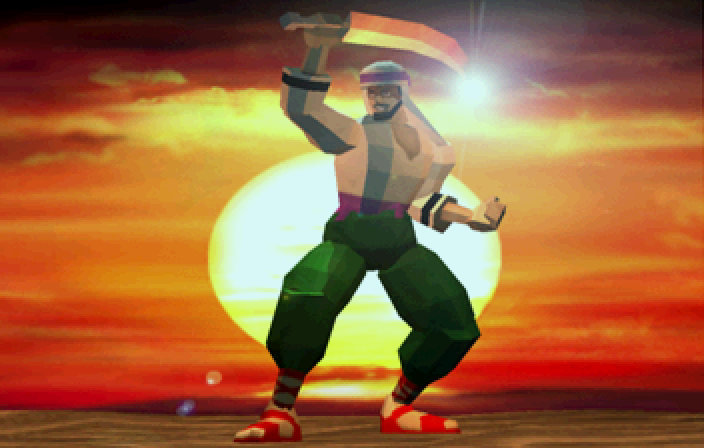
The original Virtua Fighter had nine different characters; all of which have gone on to feature in every other major entry as of 2019. However, there was one character that didn’t make the cut. Siba was an Arabian combatant, who had not only appeared as a prototype character during the game’s development, but who was even included in promotional material for the game prior to it’s release, and even featured on the side of the cabinet for the arcade version, having been mislabelled as Akira; the character who would replace Siba. His name switched from Siba to Majid Abdul before eventually being taken out of the game entirely. Though he has been put back into the game via MAME emulators, he was left out of the original release, eventually going on to feature in a game called Fighters Megamix as an unlockable character.

Throughout its progression, Virtua Fighter has been one of the most silently innovative fighting game series’ of all time. The innovation continued with Virtua Fighter 3, which was the first game to take advantage of Sega’s newly developed Model 3 arcade board. The attention to detail in the game was particular impressive; one notable feature being improved animation, with character’s eyes seeming to be able to track character movement; something that Suzuki would later use during the development of Shenmue to display character emotion. It also featured semi-traversable fighting environments; a feature, which would later be further expanded upon in the Dead Or Alive series.
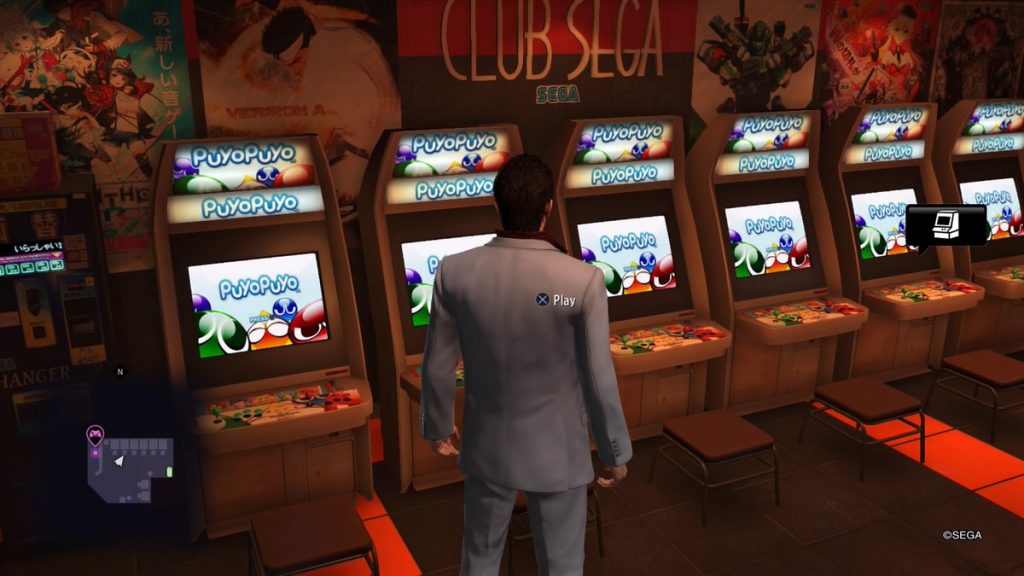
The last main entry in the series was Virtua Fighter 5: Final Showdown, released on arcade, and both the Xbox 360 and PlayStation 3 in 2010 and 2012 respectively, as fans eagerly await an update on a possible Virtua Fighter 6. The series on it’s own has yet to make an appearance on eighth generation hardware, although in the game Yakuza 6: The Song of Life released on the PlayStation 4 back in 2016, features a fully playable version of Virtua Fighter 5: Final Showdown, as well as other Sega arcade classics such as Out Run, Fantasy Zone and Space Harrier. Yakuza 6 contains version B of Final Showdown, and it is the only iteration of such to appear outside of Japan.

Ninjas in video games are often portrayed as one-man killing machines fighting in the open and showcasing their identities, going against many of the tropes associated with the practices of ninjitsu originating from Iga, Japan. However, Kage-Maru from the Virtua Fighter series is highly regarded as one of the most realistic portrayals of a ninja in video gaming, as he follows many of the traditional tropes of the practice. Although he obviously fights in the open as opposed to relying on stealth, and of course showcases his identity, he wears dark blue ninja colours in the original game, as do typical ninjas to keep hidden in moonlight, contrary to the popular belief that most ninjas wear jet black, and also employs a seemingly sneaky fighting style. These tropes have led many publications to include him in their lists of best ninjas in video games including GameZone, PC World and the Armchair Empire.

Another fighter that was planned to feature in the original game was Jeffery Buckman, said to be homage to Jeffery Buchanan, who worked on the original game. His ROM data can still be found in the original game, and the character can be accessed via cheat codes or cheat devices, though the character has an incomplete moveset and lacks the ability to throw. Though this character was ultimately cut from the game, his name was later used and re-worked as Jeffry McWild, who would become one of the more popular characters in the franchise.

